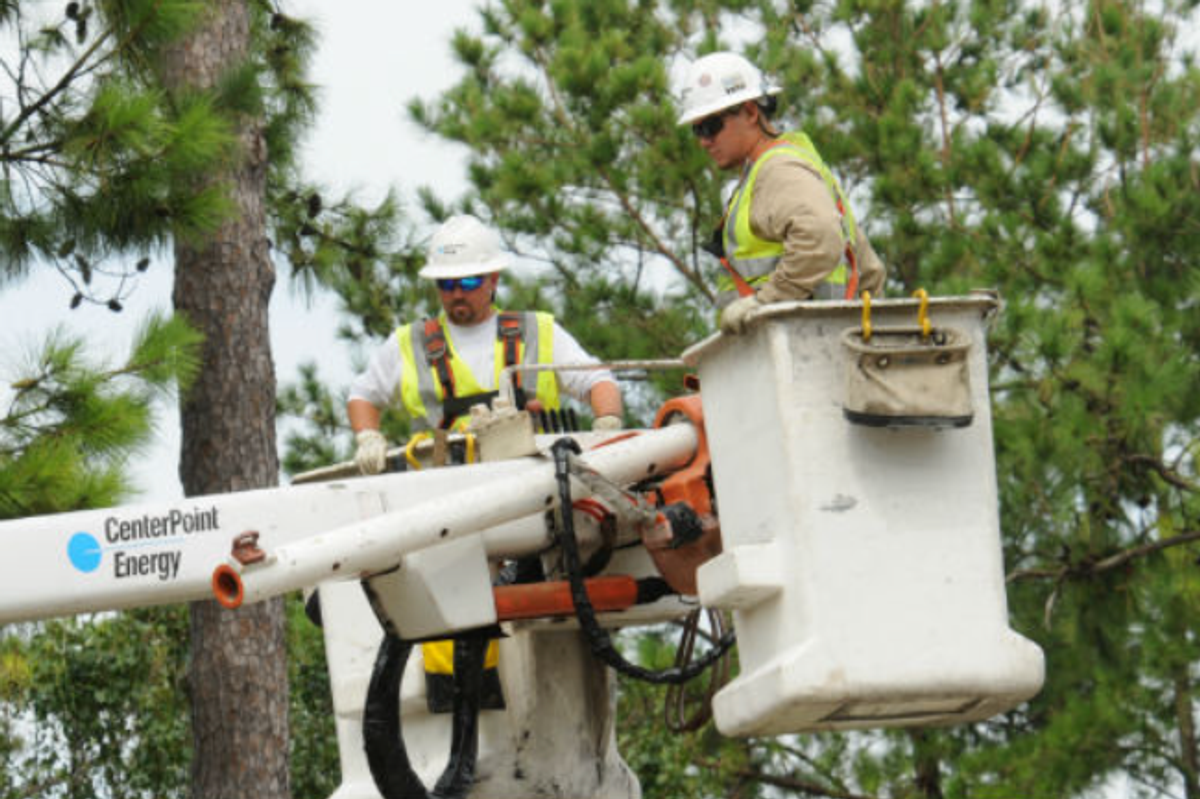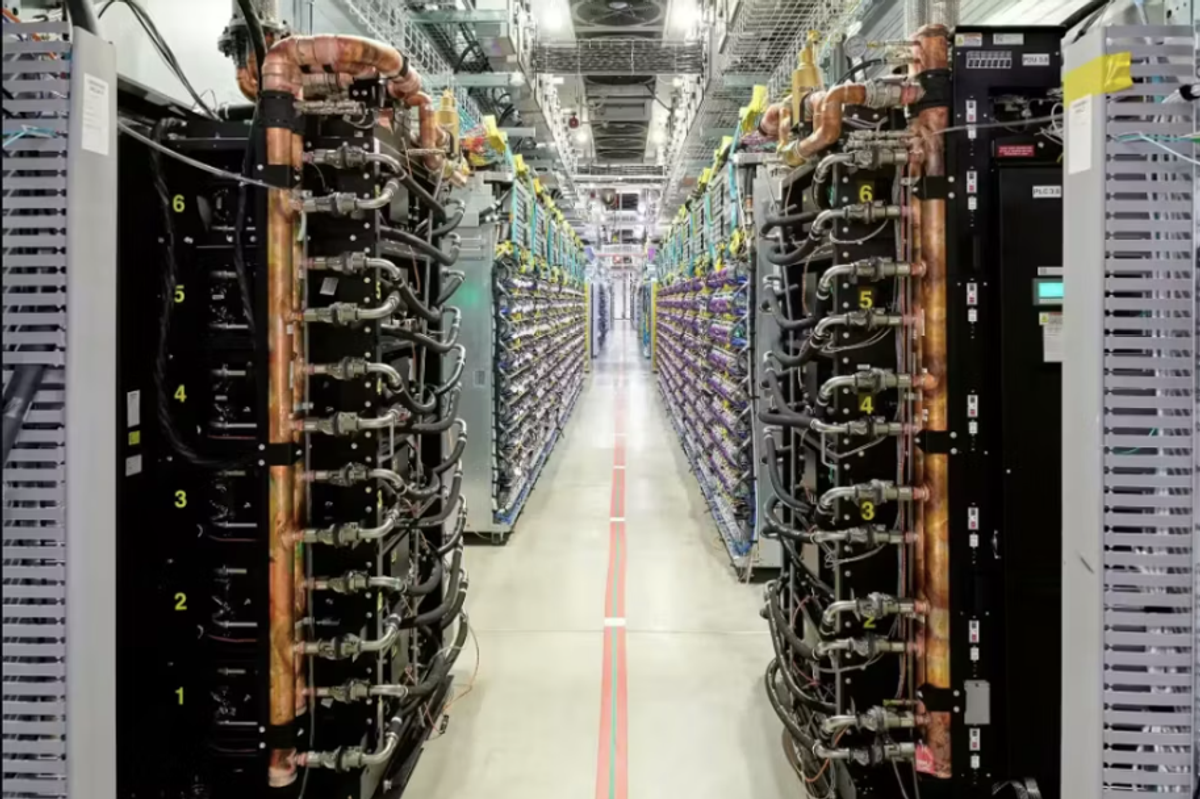Global real estate manager to tap into solar energy to power Houston portfolio
shine on
Commercial real estate manager Brookfield Properties, a major office landlord in Houston, is plugging into solar energy to power its local portfolio.
The New York City-based company plans to rely on a new-build solar power plant to supply all of the electricity for its 10.3 million-square-foot, 10-building office portfolio in the Houston area. Brookfield’s key properties here include:
- The 3.1 million-square-foot Allen Center complex
- The more than 1.1 million-square-foot Heritage Plaza
- The 1.1 million-square-foot 1600 Smith Street tower
- The nearly 850,000-square foot TotalEnergies Tower
Laura Montross, vice president of communications for Brookfield Properties, tells Realty News Report that the solar power plant will be operating by 2026.
Each year, the company’s Houston portfolio uses about 90,000 megawatt-hours of electricity, “which is unlikely to take up the total capacity of a new solar power plant,” she says, “so the excess capacity will be available to other buyers or the utility grid operator for purchase.”
Montross says Brookfield is in talks with several developers of solar power plants about the Houston project, but neither a site nor a contractor has been chosen yet.
Brookfield announced June 28 that its entire U.S. office portfolio will run on zero-emissions electricity by 2026. The switch is expected to reduce carbon emissions within the more than 70-million-square-foot portfolio by about 80 percent.
“Instead of taking incremental steps or waiting for others to act, we are completely transforming how we power office buildings throughout the United States,” Ben Brown, managing partner of Brookfield Real Estate, says in a news release.
Brookfield Properties says electricity for the nationwide office portfolio will come from four sources: hydropower (49 percent), solar and wind power (33 percent), and nuclear power (18 percent). Outside Houston, the company maintains a large office presence in the New York City, Los Angeles, Denver, and Washington, D.C. markets.
“Not only will [this strategy] significantly advance our goal of transitioning our entire portfolio to net zero carbon,” Brown says, “but also we are confident that both the increased demand for zero-emissions electricity it will create and the industry precedence it will set will be a game-changer for how state-of-the-art office buildings are powered throughout the country.”










